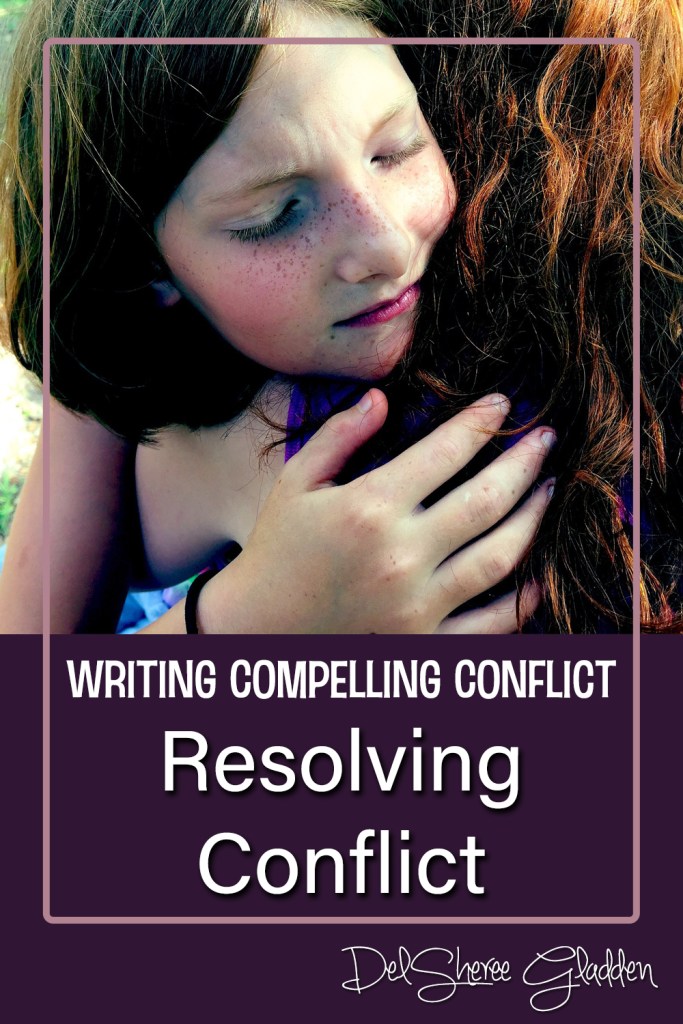The resolution to conflict, both main and subplot conflict, must be believable. That means it must makes sense for the characters and overall story, and have been reached through a logical progression of events, actions, and decisions.
If conflict resolution does not meet these criteria, the reader will be left unsatisfied and may even lose interest in the writer.
Resolution of the main conflict should be a progression of smaller resolutions, each one wrapping up a subplot conflict that served a purpose in helping the character grow and develop enough to resolve the main conflict. Resolving minor conflicts is key because those conflicts are often the reasons (taken all together) for the main conflict.
Internal change shapes the character’s underlying goals and helps him or her focus more fully on achieving the main goal. Once the underlying goals are better aligned, it is easier for the character to more clearly see how to resolve the main conflict.
It is imperative that the the minor and major conflicts resolve in ways that satisfies the reader and doesn’t leave him or her with unanswered questions. This does not mean that the resolution has to be the expected option or that the reader will like the resolution. It does mean that resolution satisfies the initial questions posed and promises made to the reader at the beginning of the story.
Evaluating Resolution
Reread the first chapter and ask yourself how you want the story to end. Then ask yourself what you are willing to see each character give up in order to achieve that ending.
Do your answers to these questions line up with how the story ended? If not, why? If so, did you fully explore all options for resolution or are you taking the easy, expected way out of the story? Avoid cliched, stereotypical, and unrealistic endings.
If a female main character gives up all of her goals to fulfill the male main character’s goals instead, you are bound to get more than a few eye rolls from readers unless you provide very convincing reasons for that choice. After spending so much time and energy developing strong conflict, don’t short change the resolution by failing to consider all options and making needed revisions that will improve the resolution.
Ask yourself what steps make sense for each character to get from page one to the final resolution. Is anything out of character or difficult to justify? If so, take the time to rework or flesh out unsatisfying points of a character’s development. If you can fully develop the character’s journey and individual points of conflict, the resolution will flow from that journey to a satisfying ending more easily.


